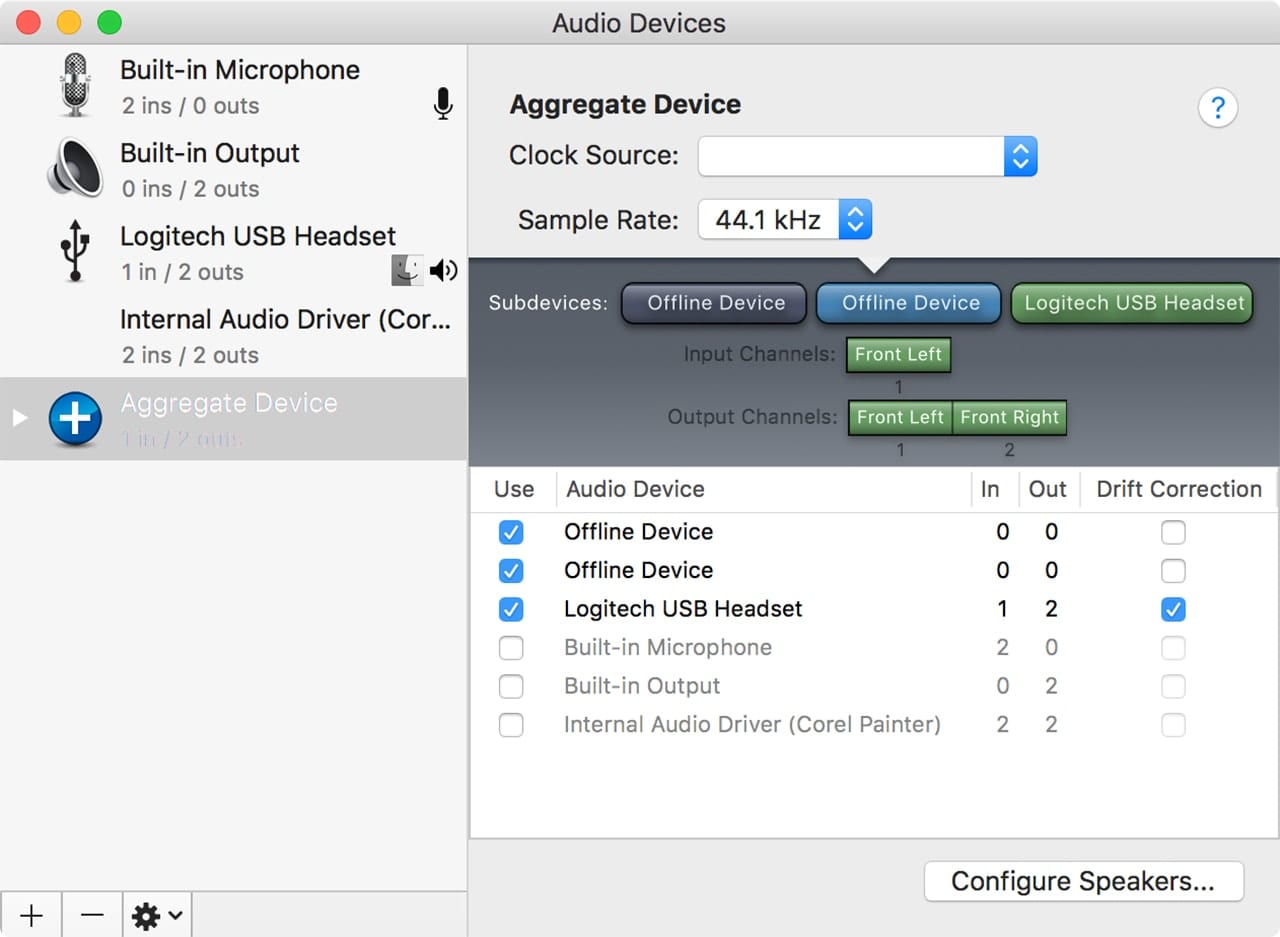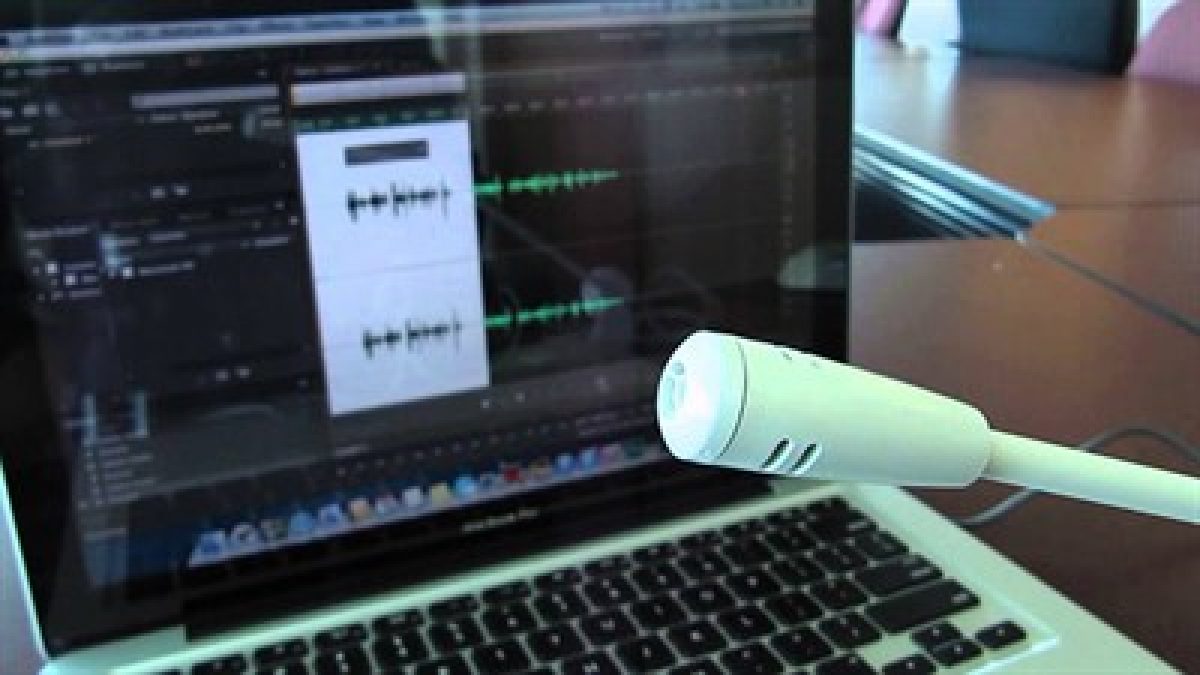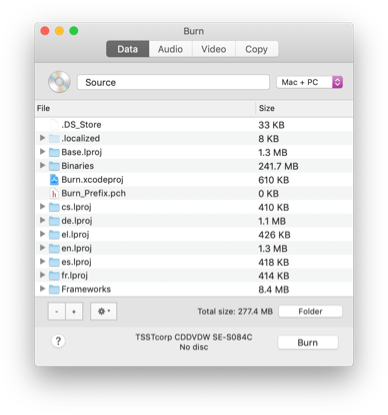
Audacity is a free audio editor. You can record sounds, play sounds, import and export WAV, AIFF, Ogg Vorbis, and MP3 files, and more. Use it to edit your sounds using Cut, Copy and Paste (with unlimited Undo), mix tracks together, or apply effects to your recordings. How to fine tune and achieve the best performance in your audio applications. Understanding Audio Workgroups; Audio Unit (AU) Plug-ins. Create audio effects, instruments, and utilities that can be used as a plug-in within other apps or hosted by digital audio workstations (DAW). Audio Unit Framework; Audio Toolbox. Free, open source, cross-platform audio software. Audacity is an easy-to-use, multi-track audio editor and recorder for Windows, Mac OS X, GNU/Linux and other operating systems. Developed by a group of volunteers as open source and offered free of charge. Amazing support community. Explore the best Audio software for Mac. Browse our catalog of over 50 000 mac apps. MacUpdate is serving app downloads since 1997.
Apple platforms provide a comprehensive set of audio frameworks and technologies that are essential to creating a rich app experience. Use them to immerse your users in multichannel audio with spatial rendering, process sound in realtime using AVAudioEngine, and engage the creativity of enthusiasts and professionals through Audio Unit Extensions.
Session Videos
See the latest in audio technologies for Apple platforms presented at WWDC.
Audio Session
Communicate to the system how you intend to use audio in your app.
Documentation
Playing Audio
Play audio files in your apps with APIs such as Media Player and AVPlayer.
Documentation
Audio Files and Format Conversion
Open, read, and write to audio files. Convert between different sample rates from your app.
Sample Code

Recording and Processing Audio
Record and process audio in real-time or offline with AVFoundation APIs.
Documentation
Sample Code
Core Audio
Use the Core Audio framework to interact with device’s audio hardware.
Free Utilities For Mac
Sample Code
Performance
How to fine tune and achieve the best performance in your audio applications.
Documentation
Audio Unit (AU) Plug-ins
Create audio effects, instruments, and utilities that can be used as a plug-in within other apps or hosted by digital audio workstations (DAW).
Documentation
Sample Code
MIDI
Communicate with MIDI (Musical Instrument Digital Interface) devices such as hardware keyboards and synthesizers.
Documentation
Sample Code
Designing Audio Experiences
Whether sound is a primary aspect of your app’s experience or an embellishment, learn how people expect sound to behave and meet those expectations.
Privacy, Code Signing, and Notarization
Follow the latest Apple privacy and security standards with your Mac apps and extensions.
Boot Camp requires a Mac with an Intel processor.
Adobe CC 2017 Crack is an illegal set of programs. That’s why, before installing it, think about the consequences it may have. In this article, I will help you understand the dangers of Adobe CC 2017 Crack, describe free alternatives, and tell you in detail why you shouldn’t use unlicensed software. Adobe cc 2017 crack torrent. When the installation is complete, run adobe.snr.patch.v2.0-painter.exe from the Crack Patch folder, select 'Adobe InDesign CC 2017 (64-Bit)' or 'Adobe InDesign CC 2017 (32-Bit) from the drop-down menu ) 'And press the Patch button. Enjoy the registered version of the product!
When you install Microsoft Windows on your Mac, Boot Camp Assistant automatically opens the Boot Camp installer, which installs the latest Windows support software (drivers). If that doesn't happen, or you experience any of the following issues while using Windows on your Mac, follow the steps in this article.
- Your Apple mouse, trackpad, or keyboard isn't working in Windows.
Force Touch isn't designed to work in Windows. - You don't hear audio from the built-in speakers of your Mac in Windows.
- The built-in microphone or camera of your Mac isn't recognized in Windows.
- One or more screen resolutions are unavailable for your display in Windows.
- You can't adjust the brightness of your built-in display in Windows.
- You have issues with Bluetooth or Wi-Fi in Windows.
- You get an alert that Apple Software Update has stopped working.
- You get a message that your PC has a driver or service that isn't ready for this version of Windows.
- Your Mac starts up to a black or blue screen after you install Windows.
If your Mac has an AMD video card and is having graphics issues in Windows, you might need to update your AMD graphics drivers instead.
Install the latest macOS updates
Before proceeding, install the latest macOS updates, which can include updates to Boot Camp.
Format a USB flash drive
To install the latest Windows support software, you need a 16GB or larger USB flash drive formatted as MS-DOS (FAT).
- Start your Mac from macOS.
- Plug the USB flash drive into your Mac.
- Open Disk Utility, which is in the Utilities folder of your Applications folder.
- Choose View > Show All Devices from the menu bar.
- From the sidebar in Disk Utility, select your USB flash drive. (Select the drive name, not the volume name beneath it.)
- Click the Erase button or tab.
- Choose MS-DOS (FAT) as the format and Master Boot Record as the scheme.
- Click Erase to format the drive. When done, quit Disk Utility.
Download the Windows support software
After preparing your USB flash drive, complete these steps:
- Make sure that your Mac is connected to the Internet.
- Open Boot Camp Assistant, which is in the Utilities folder of your Applications folder.
- From the menu bar at the top of your screen, choose Action > Download Windows Support Software, then choose your USB flash drive as the save destination. When the download completes, quit Boot Camp Assistant.
Mac Utilities Menu
Learn what to do if you can't download or save the Windows support software.
Install the Windows support software
After downloading the Windows support software to your flash drive, follow these steps to install the software. (If you're attempting to resolve issues with a Bluetooth mouse or keyboard, it might be easier to use a USB mouse or keyboard until these steps are complete.)
- Make sure that the USB flash drive is plugged into your Mac.
- Start up your Mac in Windows.
- From File Explorer, open the USB flash drive, then open Setup or setup.exe, which is in the WindowsSupport folder or BootCamp folder. When you're asked to allow Boot Camp to make changes to your device, click Yes.
- Click Repair to begin installation. If you get an alert that the software hasn't passed Windows Logo testing, click Continue Anyway.
- After installation completes, click Finish, then click Yes when you're asked to restart your Mac.
Learn more
If you can't download or save the Windows support software:

- If the assistant says that the Windows support software could not be saved to the selected drive, or that the USB flash drive can't be used, make sure that your USB flash drive has a storage capacity of at least 16GB and is formatted correctly.
- If the assistant doesn't see your USB flash drive, click Go Back and make sure that the drive is connected directly to the USB port on your Mac—not to a display, hub, or keyboard. Disconnect and reconnect the drive, then click Continue.
- If the assistant says that it can't download the software because of a network problem, make sure that your Mac is connected to the Internet.
- Make sure that your Mac meets the system requirements to install Windows using Boot Camp.
If a Mac feature still doesn't work after updating the Windows support software, search for your symptom on the Apple support website or Microsoft support website. Some features of your Mac aren't designed to work in Windows.
